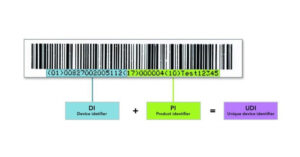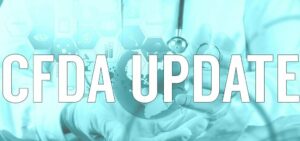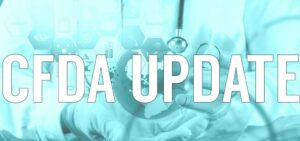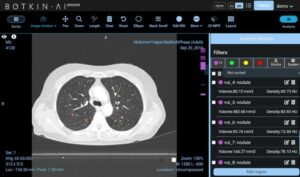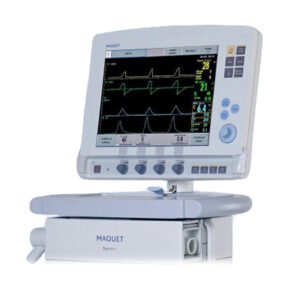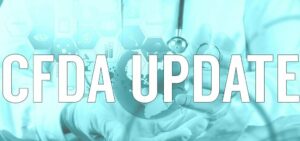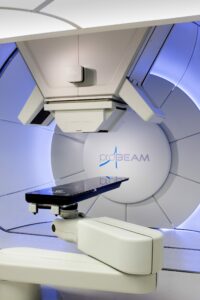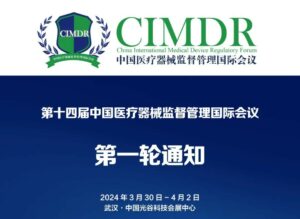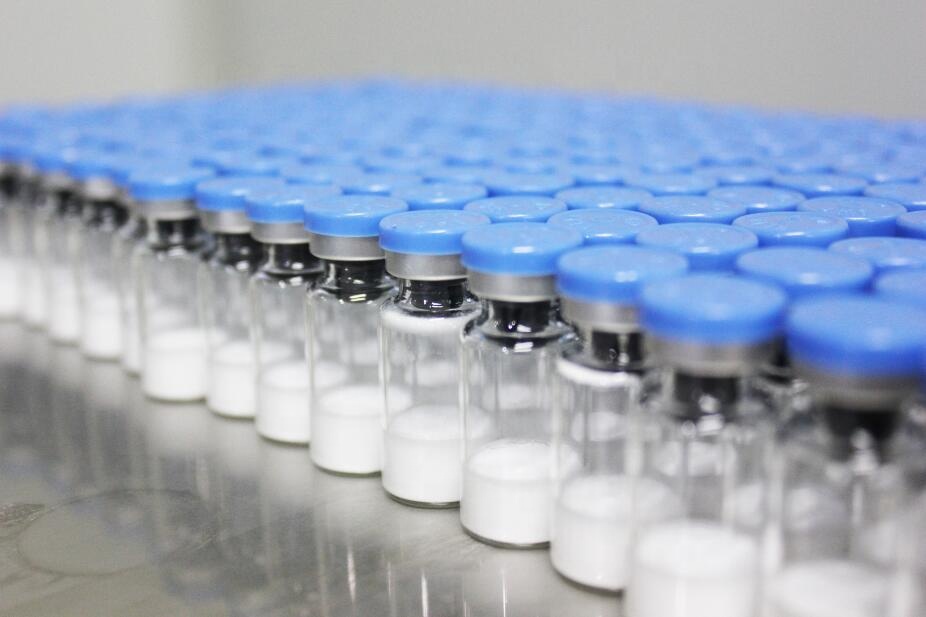
NMPA issued “Guideline on Recombinant Humanized Collagen Raw Materials” and “Guideline on Recombinant Collagen Wound Dressings” on May 23, 2023. The two guidelines are final versions after the drafts for feedback released in late 2022.
Guideline on Recombinant Humanized Collagen Raw Materials
The 54-page collagen raw materials guideline elaborates the four vital points for registration review:
- Material performance study
- Material Immunological safety
- Biological risks
- Stability and direct contact container study
The highlights of the guideline include:
- The type, gene sequence and structural characteristics of recombinant human collagen shall be described in detail.
- According to GB/T 42062 “Risk Management Application for Medical Devices”, risk analysis is carried out from biological hazards, environmental hazards, hazards related to use, hazards caused by functional failure, maintenance, etc. for raw materials, production and processing processes, product packaging, sterilization, transportation, storage and use.
- The registration applicant needs to develop relevant testing methods to ensure that the items in the product technical requirements are tested with finished products, and if the prior art cannot test the item on the finished product, it will provide research materials using intermediate or raw materials to carry out the project, and at the same time need to demonstrate that other alternative items in the product technical requirements support the relevant functionality or safety.
- The inspection method of the product needs to be set according to the technical performance indicators, and the inspection method should give priority to the methods in the national standard/industry standard. For clauses that are not applicable in the relevant national standards/industry standards, the reasons for the non-application need to be explained. All referenced standards are indicated with their number, year or version number. Self-built inspection methods can be explained in the form of product technical requirements appendix.
- Self-built inspection methods can be explained in the form of product technical requirements appendix.
- The model specifications must be of typical products that are representative in this registered unit.
- For self-built methods, it is necessary to provide corresponding basis, theoretical basis and methodological verification data, and ensure that the inspection methods are operable and reproducible.
- For materials or components first applied to recombinant humanized collagen injection for plastic surgery and cosmetology, submit relevant toxicological data analysis, clinical application history in relevant medical devices and other safety evaluation materials.
- Study the degradation and metabolism mechanism and characteristics of humanized collagen, provide research data on the degradation cycle of products in vivo, and provide supporting data on the metabolism of products and their degradation products in vivo.
- Identify hazards, exposure doses, etc. in materials/additives/processing aids and other potential leachables and map the flow chart of biological evaluation based on risk management.
- For degradation characteristics, it is recommended that “the molecular weight distribution and degradation products can be determined by gel permeation chromatography (GPC), and hydrolysis/enzymatic hydrolysates can be determined by amino acid analyzers, high performance liquid chromatography, or other suitable methods.”
- Biocompatibility risks include, but are not limited to cytotoxicity, delayed hypersensitivity, intradermal reactions, genotoxicity, subcutaneous implantation reactions, acute systemic toxicity, sub-chronic toxicity, material-mediated pyrogenicity.
- Biosafety study shall mainly focus on immunogenicity safety: immunotoxicology evaluation and immunogen control and immunochemical testing.
Guideline on Recombinant Collagen Wound Dressings
The document confirms that the collagen wound dressings are Class II device. When classified into subcategories of -01 wound dressing, -04 gel dressing and -08 liquid, paste dressing, they can be exempted from clinical trial.
For more information about the two guidelines, please email us at info@ChinaMedDevice.com. We can also translate the documents for you for nominal fees.
- SEO Powered Content & PR Distribution. Get Amplified Today.
- PlatoAiStream. Web3 Data Intelligence. Knowledge Amplified. Access Here.
- Minting the Future w Adryenn Ashley. Access Here.
- Buy and Sell Shares in PRE-IPO Companies with PREIPO®. Access Here.
- Source: https://chinameddevice.com/nmpa-collagen-guideline/
- :is
- :not
- 1
- 2022
- 2023
- 23
- About
- According
- After
- aids
- All
- also
- alternative
- analysis
- and
- applicable
- Application
- applied
- ARE
- Art
- At
- based
- basis
- BE
- but
- by
- CAN
- cannot
- carry
- caused
- characteristics
- Chart
- class
- classified
- Clinical
- COM
- components
- contact
- Container
- control
- Corresponding
- cycle
- data
- data analysis
- Delayed
- demonstrate
- described
- detail
- determined
- develop
- device
- Devices
- direct
- distribution
- document
- documents
- ensure
- environmental
- etc
- evaluation
- exempted
- explained
- Exposure
- Failure
- feedback
- Fees
- final
- First
- flow
- Focus
- For
- form
- four
- from
- functional
- functionality
- Give
- guidelines
- High
- highlights
- history
- HTTPS
- human
- if
- ii
- in
- include
- indicated
- Indicators
- information
- Intermediate
- into
- Issued
- IT
- items
- jpg
- Late
- Limited
- Liquid
- mainly
- maintenance
- management
- map
- materials
- May..
- mechanism
- medical
- medical devices
- method
- methods
- model
- molecular
- more
- must
- National
- necessary
- Need
- needs
- number
- of
- on
- or
- Other
- out
- packaging
- performance
- plastic
- plastic surgery
- plato
- Plato Data Intelligence
- PlatoData
- please
- points
- potential
- Prior
- priority
- processes
- processing
- Product
- Production
- Products
- project
- provide
- published
- Raw
- reactions
- reasons
- recommended
- registered
- Registration
- related
- released
- relevant
- representative
- Requirements
- research
- review
- Risk
- risk management
- risks
- Safety
- same
- Sequence
- set
- should
- specifications
- standard
- standards
- storage
- structural
- Study
- submit
- suitable
- support
- Supporting
- Surgery
- systemic
- Technical
- test
- Testing
- that
- The
- their
- theoretical
- they
- this
- time
- to
- translate
- transportation
- trial
- two
- type
- typical
- unit
- us
- use
- using
- Verification
- version
- vital
- vivo
- we
- weight
- when
- will
- with
- year
- you
- zephyrnet



